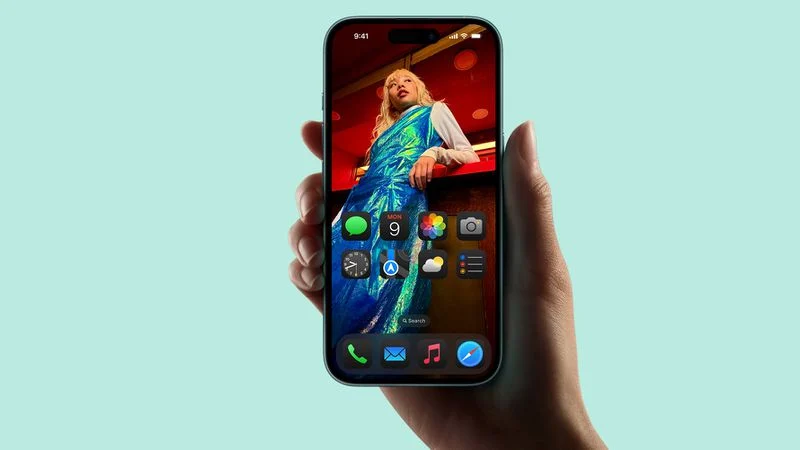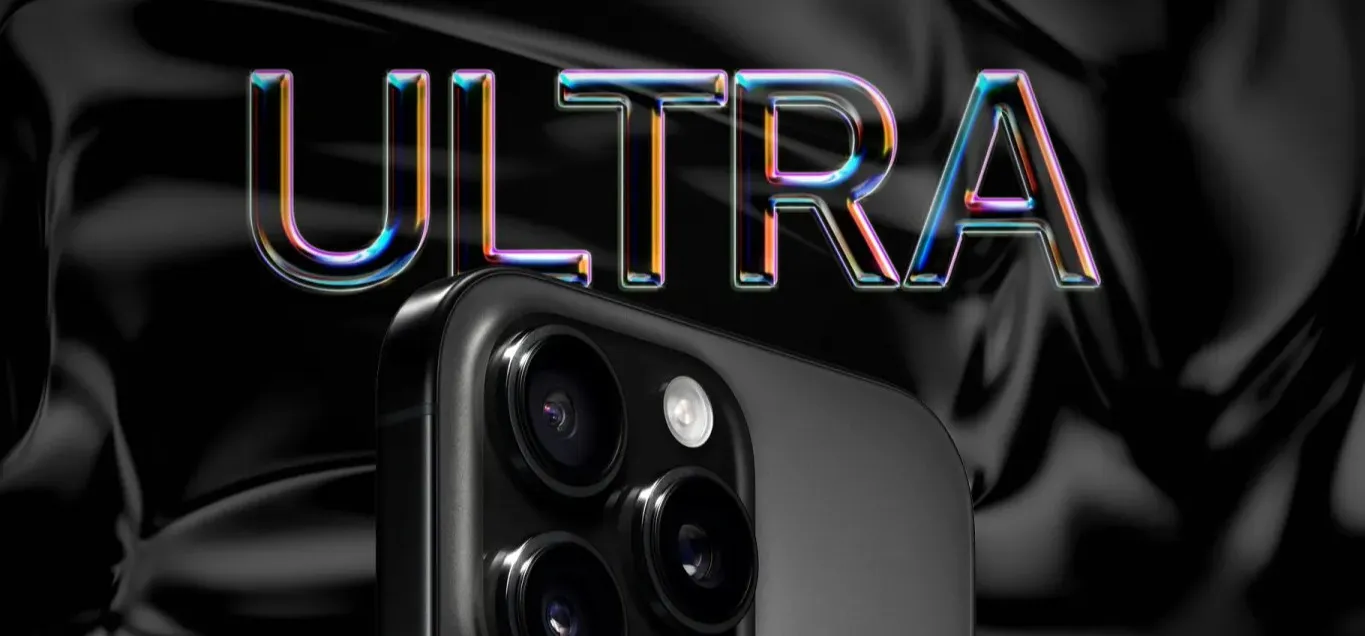Apple is planning to keep the screen sizes the same for its next iPhone 18 Pro models, even though the company is making some changes to the design. According to a new report, both the iPhone 18 Pro and iPhone 18 Pro Max will have the same display sizes as the current iPhone 15 Pro models. This means the iPhone 18 Pro will have a 6.1-inch screen, and the iPhone 18 Pro Max will have a 6.7-inch screen, just like before.
Apple is expected to make some design updates to these phones, but these changes will not affect the size of the screens. The new models might have slimmer bezels or a slightly different look, but the main display sizes will stay the same. This decision could make it easier for people who already have an iPhone Pro model to switch to the new one without adjusting to a different screen size.
The report also says that Apple may be focusing on improving other features, such as better cameras and faster performance, instead of changing the screen size. Keeping the display sizes the same allows Apple to focus on making the phones better in other ways that matter to users.
In summary, if you like the current iPhone Pro screen sizes, you can expect the next models to feel familiar in your hand, even with some new design changes.





